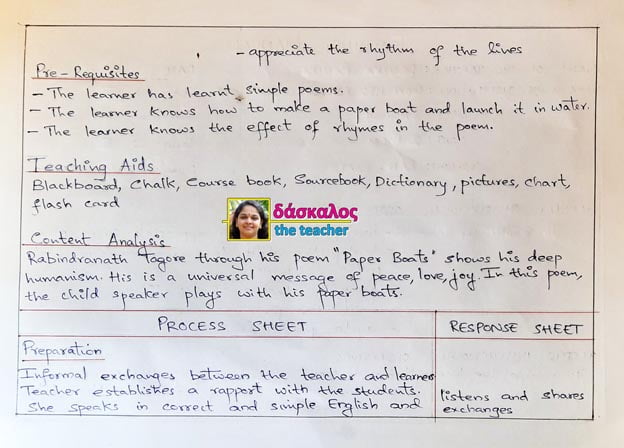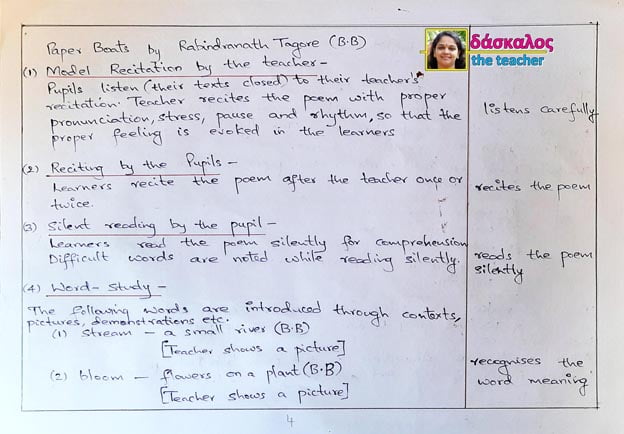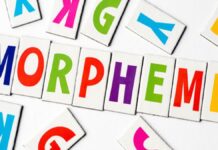Poetry contains the best and most sublime emotions of the human mind. It is also the most effective means for the purgation of evil emotions. Good poetry is a thing of beauty, thought and form. It appeals to the heart straight, more than any form in general. The procedure for teaching poetry is quite different from that of prose. The methodology of teaching poetry should be given giving utmost priority to enjoyment.
A good teacher of poetry should know the aim of her teaching poetry. She must be able to transmigrate into the poet. She must master language, a poetic sense and temperament, and good content knowledge to bring out the poem’s soul. She must help her students not only be aware of the poem’s theme but also to imagine and appreciate the mood of it.
To create a proper atmosphere, the teacher can use simple rhythmic verses. Discussions about the general theme of the poem, the poet, and the grounds for writing such a poem can all motivate the learners. Audiovisual aids and activities supporting the atmosphere can add interest in the learner.
A good, loud, appealing voice is a gift to a teacher. While reciting the poem, a teacher must remember that a poem is a voice addressing the listener personally. It is the absolute way of expressing poetry and bringing the poet’s feelings alive. During recitation, her pronunciation, word stress, pause, intonation, tone variation, body movements, facial expressions, and gestures must create a suitable atmosphere and feel in the learner.
While the learners read the poem aloud, performing in groups in the beginning is better. Solo performance must be encouraged when they become familiar with words and the poem’s rhythm. The teacher must check the articulation, stress rhythm, and intonation while reading. During silent reading by the learner, the teacher should advise them to read with comprehension and appreciation and point out the difficult words. Word study in detail must be avoided as far as possible.
A general comprehension of the poem’s theme enables the pupil to enjoy it. During the detailed study, the questions that help the student understand and appreciate the poem’s central idea must be asked. The figures of speech, rhyme, metre, symbols, title and every other aspect of a poem must be dealt with, as they give colour and life to the poem and enable proper appreciation.
Poetry has to be felt with the heart. It develops a favourable attitude towards language learning in pupils. The rhythm and words appeal to our minds; we internalize the poem’s lines without conscious effort. Learning a poem, memorizing and contemplating upon it gives pleasure. Poetry helps one improve pronunciation and master the stress-timed rhythmic nature of the English language.
Lesson Plan
Paper Boats by Rabindranath Tagore
Day by day I float my paper boats one by one down the running
stream.
In big black letters I write my name on them and the name of
the village where I live.
I hope that someone in some strange land will find them and
know who I am.
I load my little boats with shiuli flower from our garden, and
hope that these blooms of the dawn will be carried safely to land
in the night.
I launch my paper boats and look up into the sky and see the
little clouds setting thee white bulging sails.
I know not what playmate of mine in the sky sends them down
the air to race with my boats!
When night comes I bury my face in my arms and dream that my
paper boats float on and on under the midnight stars.
The fairies of sleep are sailing in them, and the lading ins
their baskets full of dreams.


































